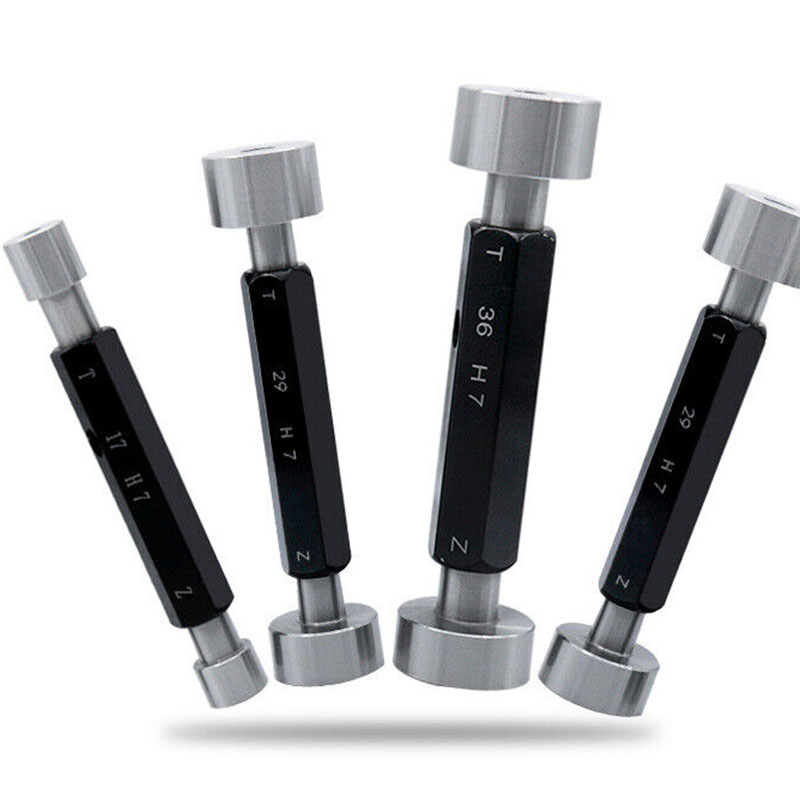அக் . 11, 2024 15:45 Back to list
ground anchor
Ground Anchors An Essential Component of Modern Engineering
Ground anchors are an integral part of civil and geotechnical engineering, providing essential support and stability to various structures. These innovative systems are widely used in construction, mining, and even large-scale infrastructure projects such as bridges and tunnels. Understanding the fundamentals of ground anchors, their applications, and benefits can shed light on their critical role in ensuring safety and longevity in engineering projects.
A ground anchor, also known as a tie-back or soil anchor, is a device that transfers loads from a structure to the ground. It typically consists of a high-strength steel tendon or cable that is embedded deep into the soil or rock, which is then anchored to secure a structure against lateral forces, such as those from earth pressure, wind, or seismic activity. The anchoring process involves drilling a hole into the ground, placing the tendon, and then grouting it in place to create a strong bond.
One of the primary advantages of ground anchors is their versatility. They can be used to stabilize retaining walls, foundations, and slopes, making them invaluable in both temporary and permanent applications. For example, during construction projects, ground anchors can support temporary structures or earth retention systems, preventing soil movement and ensuring worker safety. In the case of retaining walls, ground anchors provide the necessary resistance to counteract the pressure exerted by the soil behind the wall.
ground anchor

In terms of performance, ground anchors offer enhanced load-bearing capacity and can be designed to meet specific project requirements. The use of materials such as high-tensile steel and advanced grouting techniques ensures that these anchors can withstand significant forces. Additionally, ground anchor systems can be monitored over time, allowing engineers to assess their performance and make necessary adjustments, which is particularly important for structures in seismic-prone areas.
The installation and design of ground anchors require precise engineering and analysis. Geotechnical investigations are essential to evaluate soil conditions, determine bond strengths, and analyze potential failure modes. This planning phase is crucial for ensuring that the anchors will perform as required once installed. Moreover, proper installation techniques and adherence to safety standards are imperative to maintain the integrity of the system.
Another noteworthy aspect of ground anchors is their environmentally friendly nature. They typically require less material and fewer resources than traditional foundation methods, resulting in reduced construction waste and lower environmental impact. Additionally, ground anchors do not occupy valuable land space, as they are installed underground, which allows for better land utilization.
In conclusion, ground anchors represent a vital component of modern engineering, providing essential support and stability across various applications. Their versatility, strength, and capacity for real-time monitoring make them an indispensable tool for civil and geotechnical engineers. As construction practices continue to evolve, the importance of ground anchors will only grow, ensuring safe and sustainable solutions for future projects. With ongoing advancements in technology and engineering techniques, the efficiency and effectiveness of ground anchors are set to improve, solidifying their place in the foundation of tomorrow's infrastructure.
-
Why Metric Trapezoidal Thread is Ideal for Precision Motion ControlNewsAug.05,2025
-
The Unique Properties of a Block of Granite for Industrial UseNewsAug.05,2025
-
The Role of Flanged Y Strainers in Preventing Pipeline ClogsNewsAug.05,2025
-
The Importance of Regular Calibration for Master Ring GagesNewsAug.05,2025
-
How a Cast Iron Surface Table Enhances Accuracy in ManufacturingNewsAug.05,2025
-
Comparing Different Check Valve Types for Optimal Flow ControlNewsAug.05,2025
Related PRODUCTS









